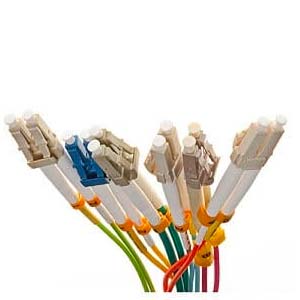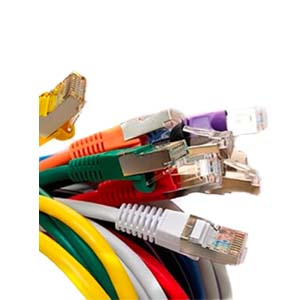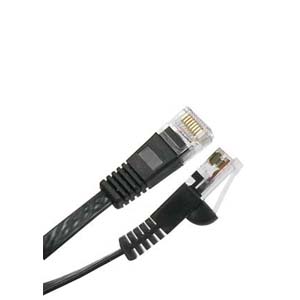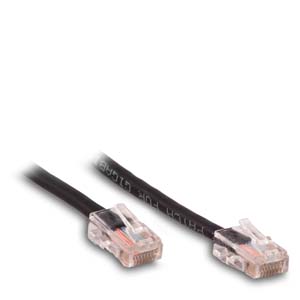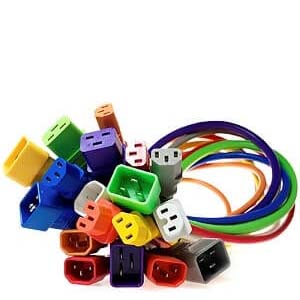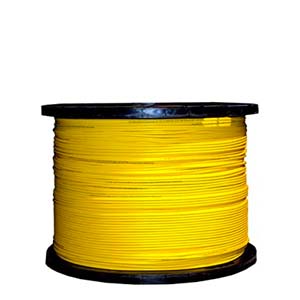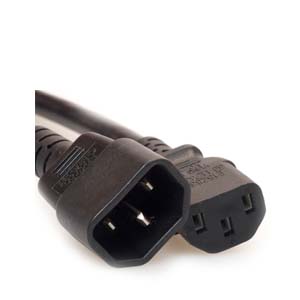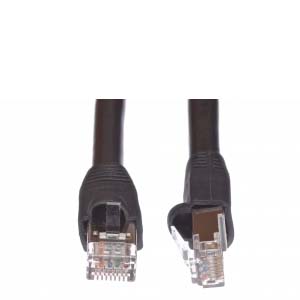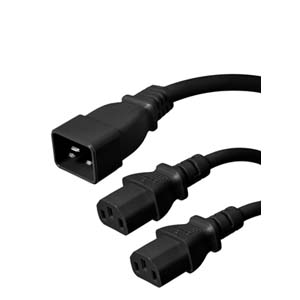Cables Blog
Shielded vs. Unshielded Ethernet Cable
Selecting the correct Ethernet cabling for your home or business can be confusing. Learn the difference between shielded and unshielded Ethernet cable.
by VIKAS DAYAL • January 09, 2020
Network Patch Cords, Network Patch Cables, Cat5e / Cat6 Cables
Click here for Cat6 Shielded Cables
Click here for Cat5e Shielded Cables
Whether you are building new network infrastructure from scratch or upgrading what you already have, the type of Ethernet cable you choose may impact network speed and signal quality. Complex networked environments generate a lot of electromagnetic interference (EMI) and may experience “alien cross talk,” or “noise,” that can occur between cables running alongside each other. Although all Ethernet cables use twisted pairs of wiring to carry signals, some Ethernet cables are shielded, while others are not. The twisting itself reduces interference, but the environment where you will install the cabling will determine if additional shielding is necessary. We explain the things to think about when faced with the decision of shielded vs. unshielded Ethernet cables.
Assess the Environment
Unshielded twisted pair Ethernet cables have four pairs of wires. Each pair consists of two wires twisted together, and the twisting reduces EMI. In small homes or businesses, unshielded Ethernet cables will usually work just fine. Unless your home or office sits near power lines or is stuffed with appliances, there isn’t typically enough interference around a home or small business environment to require shielded Ethernet cables.
More complicated or larger business environments, such as those with a lot of heavy machinery, elevators, and fluorescent lights, may generate more intense EMI that will interfere with networks using unshielded cables. This reduces speed and data transmission quality. Generators, air conditioners, and printers also can cause EMI. Shielded twisted pair cables may be necessary in those more complex environments. Shielding is typically made of braided wire mesh, or a foil such as mylar, wrapped individually around each twisted pair of wires, or it may wrap once around the whole group of four twisted pairs in the Ethernet cable.
Odds are you’ll use the Ethernet cables indoors, but sometimes you’ll need to run a cable outdoors, such as between factory buildings or houses. Some shielded outdoor Ethernet cables can be buried, and are waterproof and animal resistant.
Assess the Cost
You obviously should consider the cost when weighing shielded vs. unshielded Ethernet cables. Unshielded Ethernet cabling is cheaper, more flexible, smaller in diameter, and doesn’t require grounding. It also resists EMI in uncomplicated environments. Cost isn’t just the price of the cable—it may also take form in the value of the speed and security of your network, which makes shielded cable seem more like a bargain. High speed networks are more susceptible to EMI and may need shielded Ethernet cables. Shielded cables are stiffer, larger, and require grounding, but if transmission speed and added security (suppression of alien cross talk and containment of network signals) are critical to the operation, shielded cables may be the way to go. Just remember that if you choose shielded cables, there’s no mix-and-match; everything connected to a shielded cable must also be shielded and grounded (like couplers, jacks, or even network controllers). You can’t connect shielded and unshielded cable.
When choosing Ethernet cables for your home or business network, evaluate the environment and select the appropriate cables that will provide the speed and endurance your network needs.


